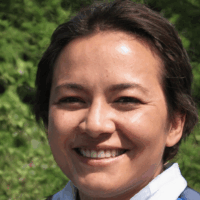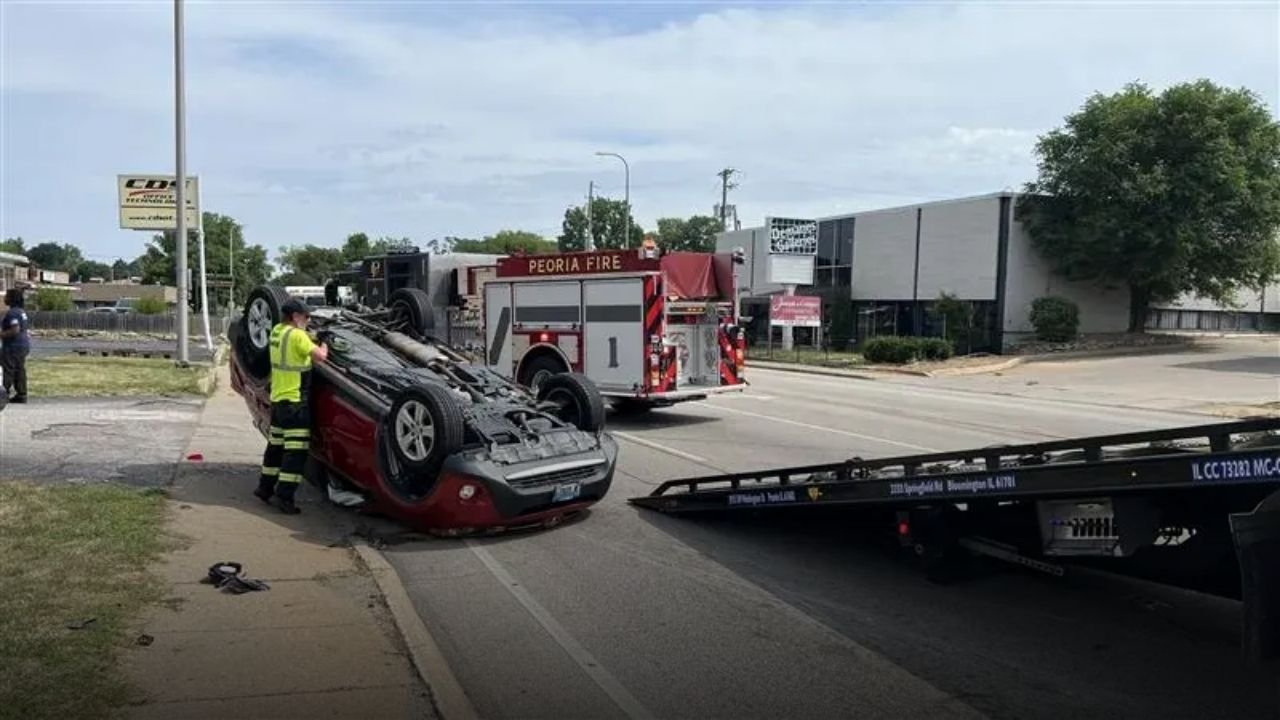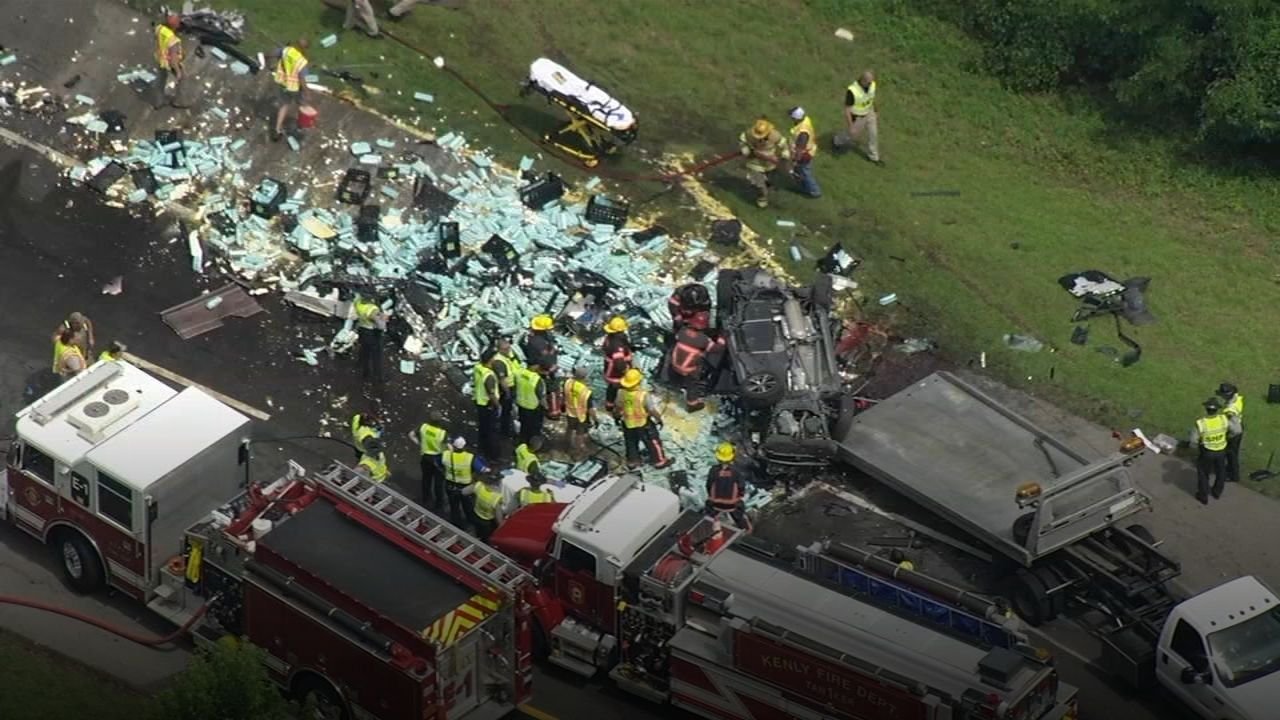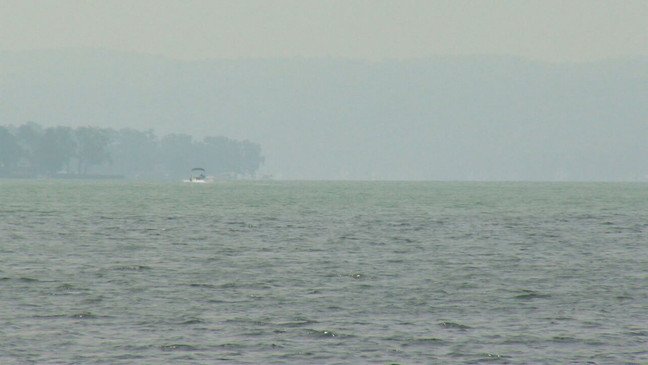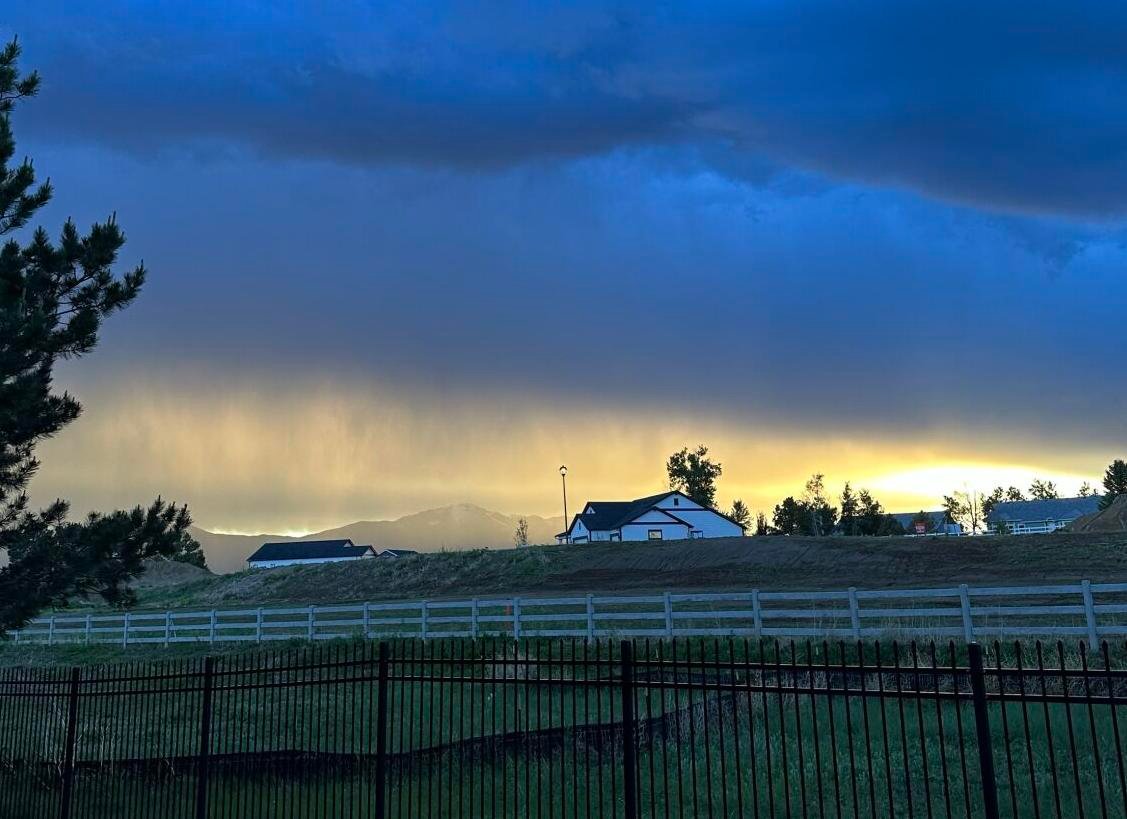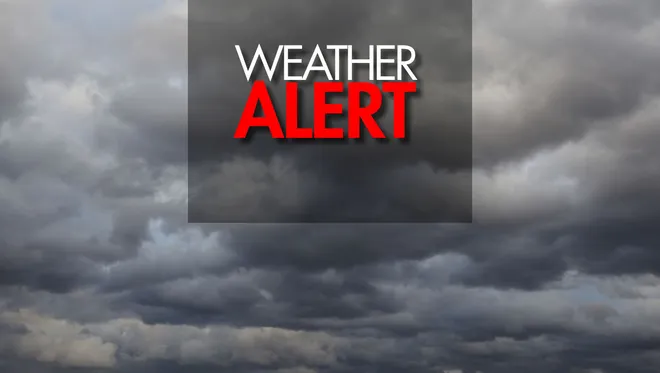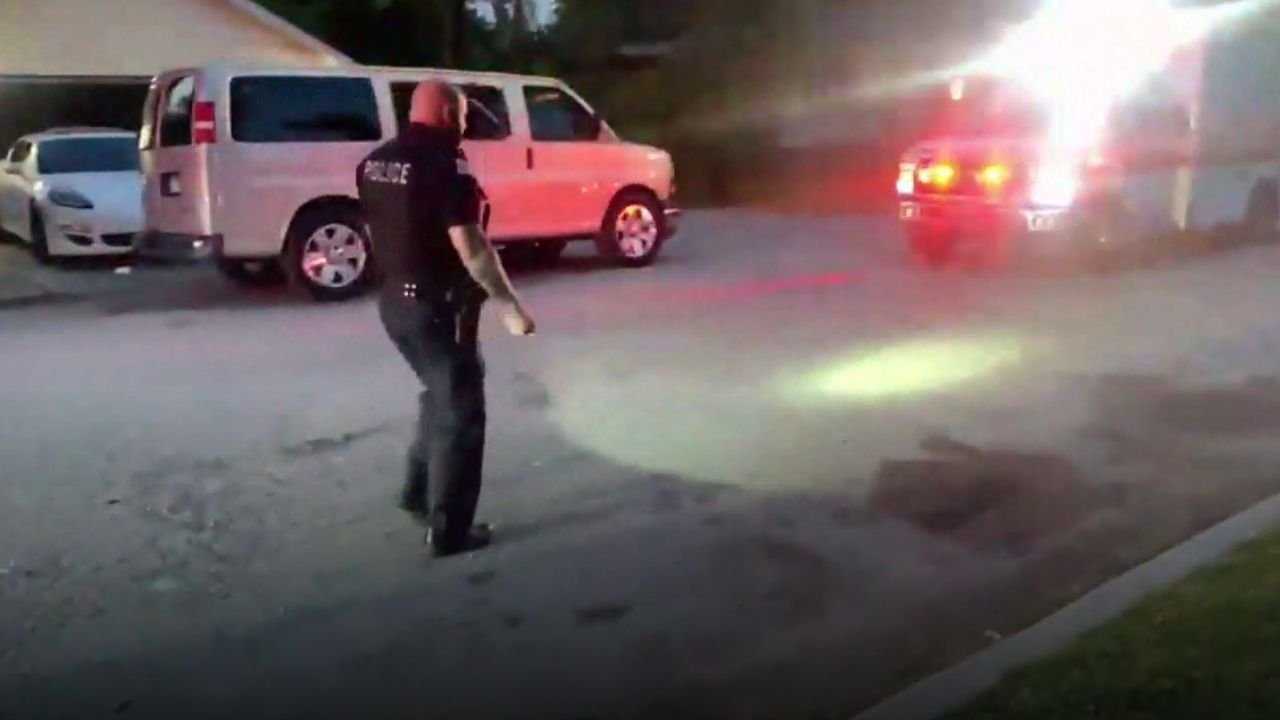CHICAGO — A powerful and unusual dust storm swept through central Illinois in mid-May, triggering zero-visibility warnings for areas as far north as Chicago and northwest Indiana—a weather event so rare it hasn’t occurred in the region for four decades.
The storm, which struck on May 16, brought 60-mile-per-hour wind gusts through areas like Bloomington and Champaign, damaging soybean and corn crops, knocking over trees, and drastically reducing visibility.
Experts say the storm is part of a growing pattern of climate shifts that are transforming the Midwest in ways historically reserved for desert states like Arizona and New Mexico.
Dust Storms Are No Longer Just a Southwestern Issue
According to National Centers for Environmental Information, the number of dust storms recorded across the United States has more than doubled over the past 13 years.
-
Between 1996 and 2010, the U.S. averaged 34 dust storms per year
-
From 2011 to 2024, that average jumped to 87 per year, with 1,223 storms in total
Most of these events have occurred in Arizona, California, Kansas, and Texas, but now states like Illinois are being pulled into the fold.
“If you ever tried to imagine what the Dust Bowl was like in the 1930s, all you had to do was be in central Illinois that Friday afternoon,” said Ken Ferrie, field agronomist for Farm Journal.
Agricultural Practices Blamed for Worsening the Problem
Experts point to how farmland is managed as a major contributor to the dust storm phenomenon. Fields often lie bare after harvest, especially in row-crop dominated regions, exposing topsoil to wind erosion.
“These are man-made ecological disasters,” said Robert Hirschfeld, policy director at Prairie Rivers Network, a clean water nonprofit.
“Millions of acres are left unprotected, and that soil gets picked up by wind and spread—sometimes with fertilizers or chemicals—into nearby communities and water systems.”
He added that voluntary conservation efforts are no longer enough:
“If we want real change, we have to start requiring agricultural practices that keep soil in place and pollution out of our water.”
Chicago’s First Dust Storm Warning in 40 Years
As the May 16 storm pushed northward, dust storm warnings were issued for the Chicago metro area and parts of northwest Indiana—an event meteorologists say hasn’t happened locally in over four decades.
While no major injuries were reported in the Chicago area, residents reported reduced visibility, breathing issues, and roadside chaos as dust blanketed portions of I-55 and I-57 during peak traffic hours.
What’s Driving This? Climate Change and Depleted Soil
The underlying drivers of these dust storms are climate change and unsustainable land use:
-
Warmer temperatures and drier springs are drying out topsoil faster
-
Tree buffers and prairie grasses have been removed in favor of open planting
-
Farming incentives have not kept pace with soil retention requirements
Organizations like Investigate Midwest and NOAA have warned that this convergence could have long-term effects on agriculture, public health, and transportation safety in the Midwest.
Community and Policy Responses
Some agricultural advocacy groups are urging mandatory conservation practices, including:
-
Cover cropping and no-till farming
-
Incentives for planting windbreaks and prairie buffers
-
Stronger monitoring of airborne chemicals during wind events
In response, residents and environmental advocates across Illinois, especially in counties like McLean and Champaign, are pressing state lawmakers for better regulations and emergency preparedness plans.
What to Expect Next
As Illinois faces its driest planting season in years and heat forecasts trend above average, experts warn that more dust storms could be on the horizon—particularly for farmland-heavy counties and suburbs bordering unprotected croplands.
“This is not a one-off,” said Hirschfeld. “Without policy changes, dust storms will keep moving north.”
Have you experienced increased dust, dryness, or respiratory problems in your area? What do you think Illinois should do to tackle both farming practices and climate risks?
Share your thoughts in the comments below on ChicagoSuburbanFamily.com.


